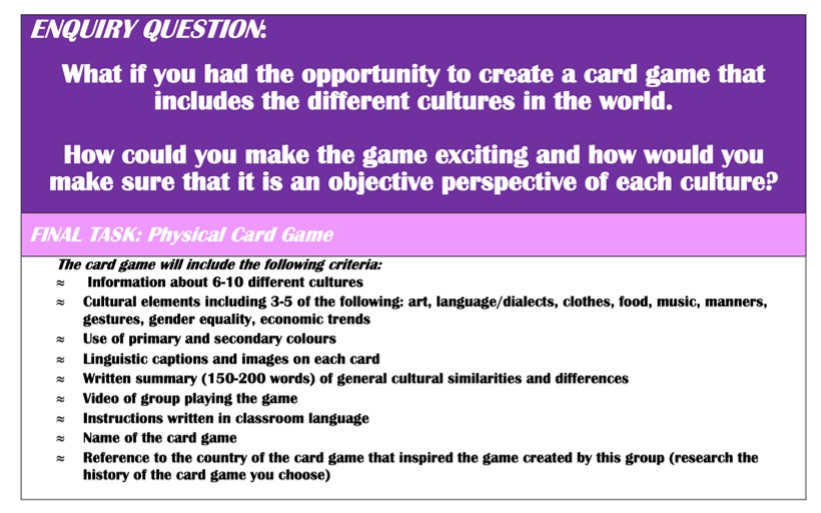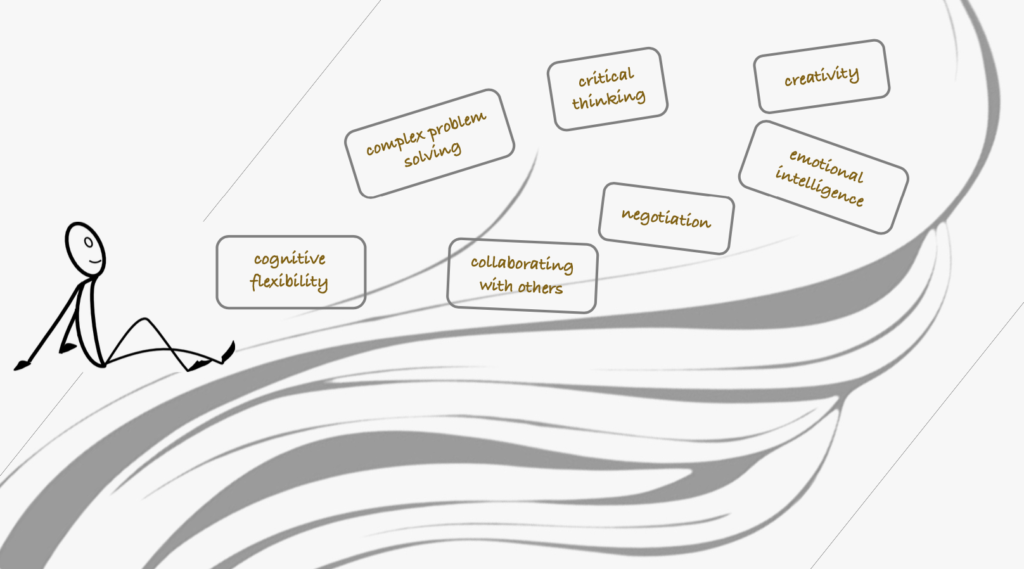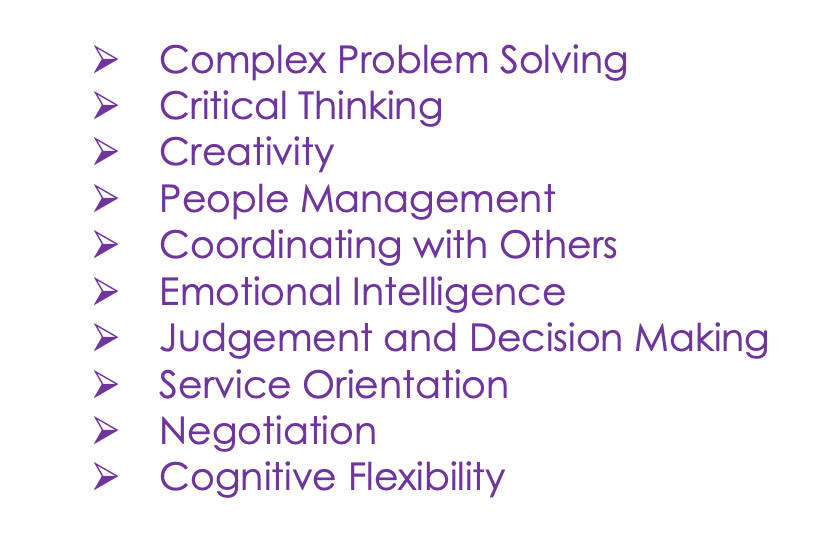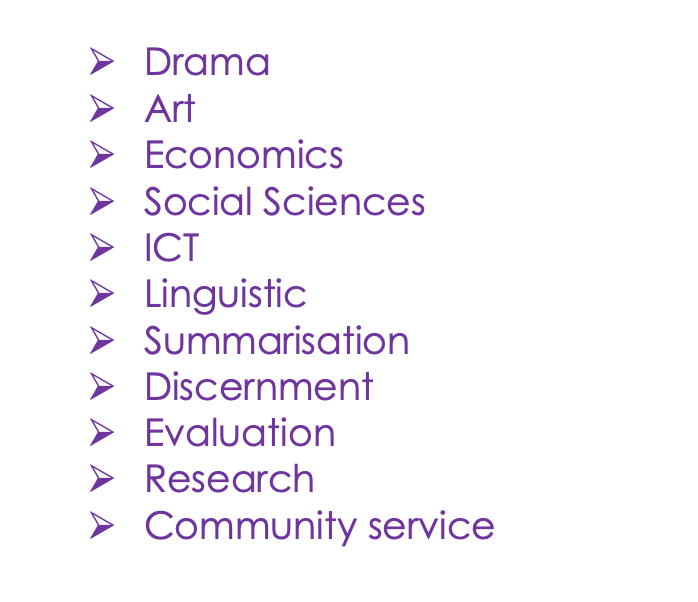Download PDF of blog here.
To give exams, or not to give exams…along with an alternative Final Task
In Part 1, we shared how the entry point of a project – the Enquiry Question – can be used not just to engage our students in projects right from the beginning, but to also assess their progress and assimilation of knowledge. In Part 2 of 3, we’re going to see how the Final Task is just as versatile. It can be used as a summative assessments and – if you’re daring – replace traditional exams. Too good to be true? No even half! This is going to be fun!
If you remember from Part 1, we considered whether we have to give traditional quizzes and exams during and at the end of projects even if we are promoting skills that would be difficult to test in such forums. Since we are going to be reviewing different types of Final Tasks – which in theory are the summative assessment for a project – we need to consider if traditional exams need in addition.
And so, the answer is the same as in Part 1: to a certain extent, we need to play the game. If, for the moment, our administrators and parents are only able to visualise progress through exam scores, then we make these numbers, letters, and/or percentages available. At the same time, we show how the varied skills promoted in the Final Tasks give a fuller picture of the students’ abilities.
One way to do this proactively is by referring to, and making visible, the conclusions given by the OECD, the World Economic Forum, and United Nations 2030 Agenda about the most important skills our students need in the professional world they will be facing.
When we do this, firstly we will be helping stakeholders to understand that learning through projects is the most viable way of developing these skills. Secondly, we will be giving them a deeper understanding of the validity of assessing these skills through alternative – and yet just as viable – means.
Assessments through the Final Task
Just as we know that projects promote the development of skills not usually included in traditional exams, a creatively designed Final Task assesses a wide berth of abilities. With careful consideration – and a complete rubric – the Final Task will include various ways to validate and measure the skills your students will have developed.
Want some examples? You’ve come to the right place. The following are some Final Tasks that you can use as a spring board to give you ideas on even more creative ways of tying up a unit, theme or project. Following each Final Task is a list of only some of the skills that are embedded in the work. Which one could you adapt to your lessons?

Some of the skills assessed in this Final Task:
Final Task 2: Card Game

Some of the skills assessed in this Final Task:
Final Task 3: Puppet Show

Some of the skills assessed in this Final Task:
Hopefully, these will give you ideas on how creative you can be in designing the Final Task. Moreover, hopefully these are examples you can use to prove all the ways that Final Tasks validate the skills our students will be developing when involved in these projects.
What is the percentage I give to Final Tasks in my students’ overall mark?
That is your next question, right? Great question. Ready? There’s no one correct answer. This is something you’ll have to evaluate before, during and at the end of the project.
Not the answer you were hoping for? I know. However, remember the stakeholders? You may need to give the exam more weight in the beginning of the school year, but later on, as everyone becomes more comfortable with Final Tasks and sees them as valid measures of your students’ knowledge, the more weight you can put on them.
Want to know more? Part 3 shows how the Content and Language objectives can also be used to give valid assessments.
RESOURCES:
- World Economic Forum 10 Top Employability Skills
- Embedded Formative Assessment Dylan Wiliam
- CLIL Essentials
- Performance Assessment Resource Bank. More ideas for assessments
- scaffoldingmagic.com A website dedicated to providing dynamic and innovative activities that will help student to transition into new information.
- The Comprehensive Guide to Creating Phenomenon-Based Learning Projects The steps to create multi-cultural, interdisciplinary and collaborative projects.
- Teacher Training Videos Videos that teach how to use the most useful educational software available today.

Scaffoldingmagic.com is your entryway into DYNAMIC bilingual learning methodologies, such as Phenomenon-Based Learning, CLIL, EMI, and ESL. You’ll find ways to implement critical thinking tools (DOK) to promote higher level thinking, the growth mindset, instill an ethic of excellence, deep reflection on learning, and all through multi-cultural, interdisciplinary activities. We have the keys to turning competences into action and to creating collective efficacy in your school so you move ahead as a unified, enthusiastic team.






Pingback: Alternative Assessments for Project-Based Lessons Part 3 of 3: Using Content and Language Objectives - Scaffolding Magic